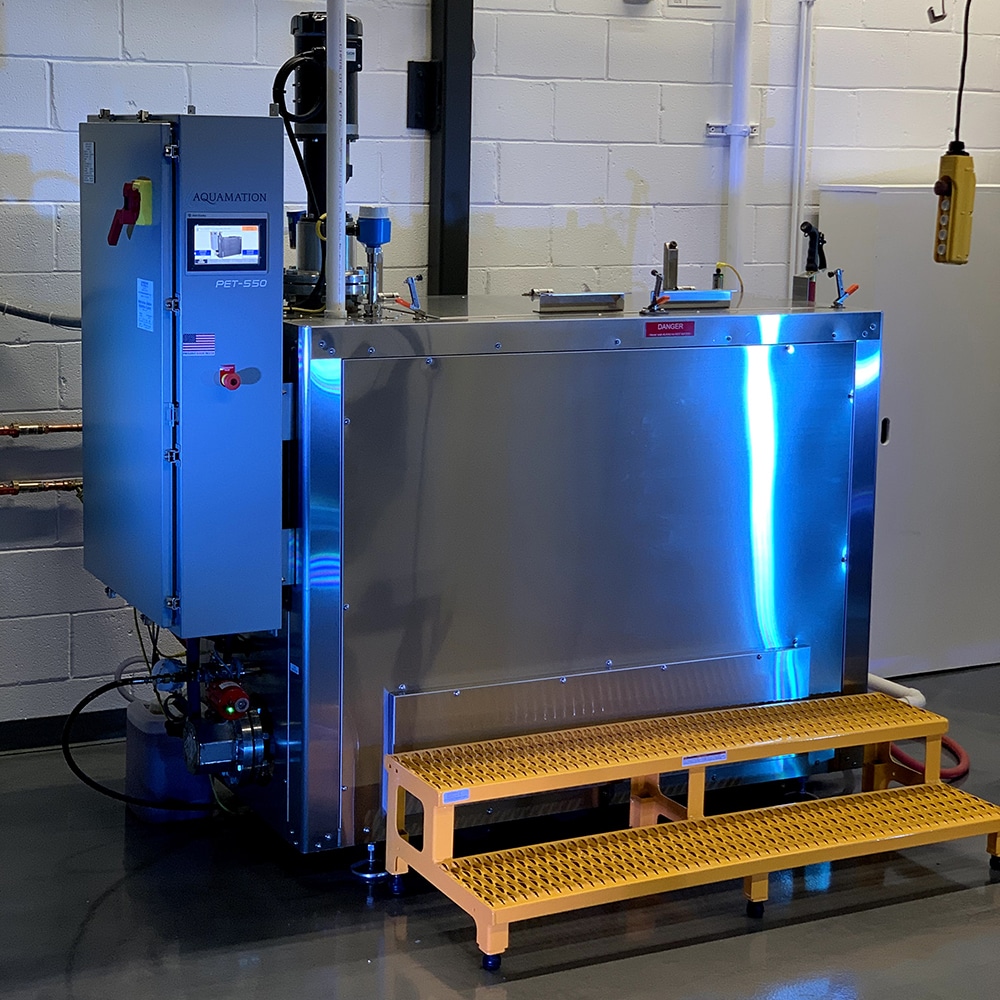Water Pet Incinerator?

Aquamation is a method of final disposition that is available for both our human and pet loved ones. The scientific name for this water-based process is alkaline hydrolysis. It is the same process that occurs as part of nature’s course when a body is laid to rest in the soil. A combination of gentle water flow, temperature, and alkalinity are used to accelerate the breakdown of organic materials.
Aquamation for Pets is approved everywhere in the United States and Canada. Aquamation for Humans is approved in 21 states 4 provinces, as well as other parts of the world.
The Aquamation process is performed after any viewing or visitation services the family wishes to have. When it’s time for the process, the individual body is respectfully placed in a stainless steel vessel. Alkali is added to the process based on individual characteristics (weight, sex, embalming status), and the vessel fills with water. The solution of 95% water and 5% alkali is heated to 200-300°F, and gently circulated for the entire length of the process.
At the end of the process, all material is broken down to the smallest building blocks; there is no DNA or RNA remaining. The sterile process water is released for recycling (bodies are approximately 65% water to begin with), and the vessel performs a fresh water rinse for the equipment and remains. When the operator opens the door, only the inorganic bone minerals remain. These minerals are processed into powder and returned to the family in an urn. This final processing step is the same process that is followed with flame cremation. Many families hold a celebration of life or gathering when the loved one’s remains are returned to the family’s care.
Medical implants are not destroyed in this process. The metals are clean, sterilized, and look brand new after the process. These metals are recycled through a metal refiner to be made into new materials. The metal refineries are amazed at the pristine condition of metals from alkaline hydrolysis versus flame cremation.
There is a very low impact ofo water usage in the Aquamation process. The Aquamation process uses less water than a single household uses in one day (source: watr.usgs.gov). This includes all of the water used for the process, along with the clean water rinsing of the final remains and vessel.
If you are interested in learning more please reach out to Bio-Response Solutions at (317) 386-3500




